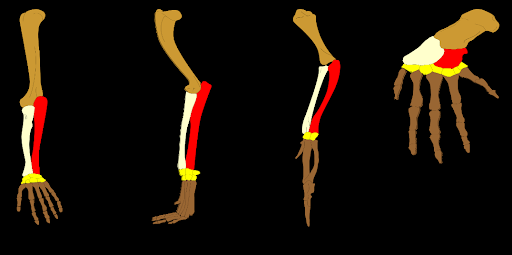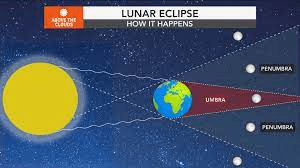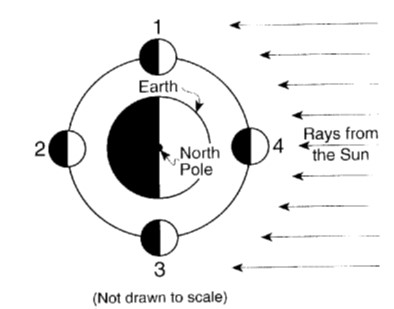What is the purpose of the Engineering Design Process?
To solve/fix a problem
Order of universe from LEAST complex to MOST complex
Planet → Solar System → Galaxy → Universe
Provides evidence of past life and environments; evidence of existence and diversity of organisms
Fossils
Building block of ALL life
Cell(s)
What is a fossil and what can it tell us about Earth and the past?
Fossils are remains/traces of past plants and animals that give evidence about the different plants and animals that existed long ago and how Earth has changed over time.
This material is best used to conduct electricity
Metal
Which of the following best describes what happens to an object's gravitational force if the distance between two objects is decreased?
Stronger/Greater
True/False: A is youngest, E is the oldest
True/False: D is younger than B but older than A
True/False: B is older than A but younger than D

TRUE (A is at the top; E is at the bottom)
TRUE (D = intrusion. Intrusions are always younger)
FALSE
Difference between unicellular and multicellular organism
Unicellular: One Cell
Multicellular: Many Specialized Cells
Explain Earth’s place in the Universe.
Our Earth is in the Solar System which is in the Milky Way Galaxy which is in the Universe.
Michael is working on a design for a new apartment building. After making several design drawings and choosing the best design, Michael began making a miniature toy model of the building. What step of the engineering design process is Michael at?
Prototype
Two ruby necked hummingbirds perch down beside each other for a meal. If by the end of the meal, each bird eats its own mass in food so therefore the mass of each bird doubles. How does the gravitational force between the birds change?
Increases
Structures in different organisms that are similar in form and/or location and suggest past relationships among organisms

Homologus Structures
Cells have organelles that allow them to carry out functions of life. Describe the function of the cell membrane, mitochondria, vacuole and nucleus.
Nucleus: Controls the cell
Cell Membrane: Protects the cell
Mitochondria: Creates energy
Vacuole: Stores important substances
Describe how mass and distance impact an object’s gravity
The more mass an object has, the stronger the gravity OR Less mass = weaker gravity
The more distance between objects, the weaker the gravity OR Less distance = stronger gravity
An engineer has just finished building a prototype of a lawn tractor that is powered by the sun. Which of the following should be the next step in the design process?
Test and Evaluate
This eclipse occurs when the Earth moves between the Sun and the Moon
LUNAR Eclipse
Fossils of tropical plants are found in deserts across Africa. This is evidence that supports what?
Earth's continents were once connected and slowly drifted apart/The Continental Drift Theory
The cells energy level would decrease if what organelle was not functioning properly?
Mitochondria
What is the function of the chloroplast?
For an engineering project, Ariel came up with an idea to build an automatic dog feeder. She wants her feeder to be solar powered so she researches her ideas and evaluates the pros and cons of her idea. Once she has gathered her ideas; what should she do next?
Design! (Make a detailed drawing)
Identify each of these 4 moon phases
1st Quarter
Full Moon
3rd Quarter
New Moon
What are homologous structures?
Body parts of different animals that are similar in structure but different in function
Name 2 organelles a plant cell has that an animal cell does not and explain their function
Cell Wall: Provides shape, structure and support
ONE large vacuole: Store Water
Chloroplasts: Capture sunlight/sun energy to make food

List youngest to oldest
1, 2, 3, 4
